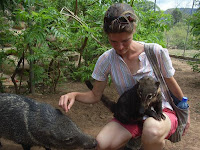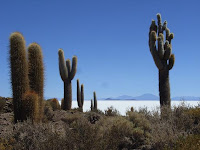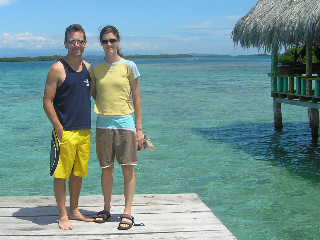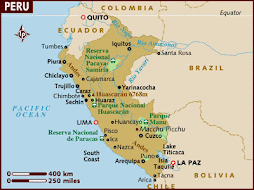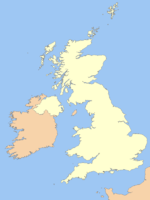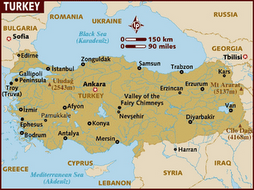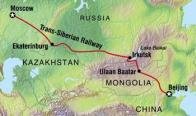
From Cusco I headed to Puno on the Peruvian side of Lake Titicaca, taking a bus tour of a few archeological sites along the way for good measure (More inca work, and a few churhes). Stumbled upon a town festival with great costumes as you can see.
Puno
Lake Titicaca is huge... yeah I knew that before, but when you find yourself only looking at a portion of it and still struggling to see the other side it starts to sink in. Puno itself isn´t really anything to write home about, but its a base - a functional city perched on the side of the lake with little charm.


From Puno I took a trip out to the famous floating reed islands of Uros where whole communities of people live... very strange and touristy, and I suspect that it will dissappear after this generation (what would attract a young person back after being educated on the mainland?). They tie floating reed rafts together to


make islands, harvest reeds to plonk ontop to make a more stable platform, and live in reed houses, fish, and sell trinklets/handcraft to the tourists. All very odd.

I also took a tour to check out some nearby rock towers that are pre-inca and inca burial monuments... They are perched on the edge of the lake overlooking a smaller lake and are quite distinctive and impressive. Curious considering there´s no known ruins of a settlement for miles... whats hiding under the surface of the lake?
Copacabana and Isla del Sol

From Puno, I crossed into Bolivia without any hassle, and chilled out in Copacabana - a quite little town, with a nice lake frontage and tourism being the main business. (Mind you getting money out is difficult with no atm!) Its got a nice main square, and a outwardly impressive cathedral, and a priest who blesses cars and trucks twice daily! I watched one car being decorated with flowers, and then the priest came out to bless it and sprinkle holy water on. Once he´d gone an old lady (shaman?) came out to repeat the process with smoke from a little brazier being wafted in and around the car.

Copacabana also has an awesome lookout from hill... once you´ve puffed your way to the top (altitude makes climbing hard work, with the lake being at 3800m), you get rewarded with a great view back over the town and bay, and out along the coast to isla del sol.
I decided to walk out the peninsula to get to isla del sol, rather than just catch the ferry. It was a lovely 4 walk along the main road (although with only a handful of cars passing its not really

main!), past small villages with locals ploughing fields with cows, planting crops of potatoes and oca by hand, and working on trout hatcheries. And when I got to the end of the peninsula, I was rowed out to the island about 30min away, by a very healthy 72 y old local! (yeah I felt like I should be doing the rowing not vice versa!)
Isla del sol is according to Inca legend the birthplace of the sun, and accordingly it has a few remains of inca houses, terraces,

temples and holy places. So I went poking round ruins, climbing in and out of maze like rooms. It looks almost mediterrean in many respects. Theres also a spectacular walk to get from the south to the north which goes along the ridges of the island and has awesome views of the islands hills, terraces, bays and the lake of course. And another route back which meanders along the coast through the various settlements. Anyway I really enjoyed my days walk, even if the sun did take its toll... little on the pink side now. And to finish off a relaxing ferry ride back to Copacabana.
 Well first thing first... don`t panic....although it has the name ¨death rd¨, its really not that dangerous anymore as there is no traffic at all on the dirt part since the new road has been built. So its now more a spectacular dirt/stone road with some big drops down the side into the valley, which is used for foreigners to hurtle down on mountain bikes... fun! Mind you, you definitely want your breaks and bike to work properly!
Well first thing first... don`t panic....although it has the name ¨death rd¨, its really not that dangerous anymore as there is no traffic at all on the dirt part since the new road has been built. So its now more a spectacular dirt/stone road with some big drops down the side into the valley, which is used for foreigners to hurtle down on mountain bikes... fun! Mind you, you definitely want your breaks and bike to work properly! great full suspension bikes and friendly and professional guides. You start up in the mountains above 4000m and ride down to Coroico which is about 1000m... I think... thru snow to start then rain, a few waterfalls along the way, and finally end up at the bottom where its warm and sunny and shorts and t´shirt weather.
great full suspension bikes and friendly and professional guides. You start up in the mountains above 4000m and ride down to Coroico which is about 1000m... I think... thru snow to start then rain, a few waterfalls along the way, and finally end up at the bottom where its warm and sunny and shorts and t´shirt weather.





